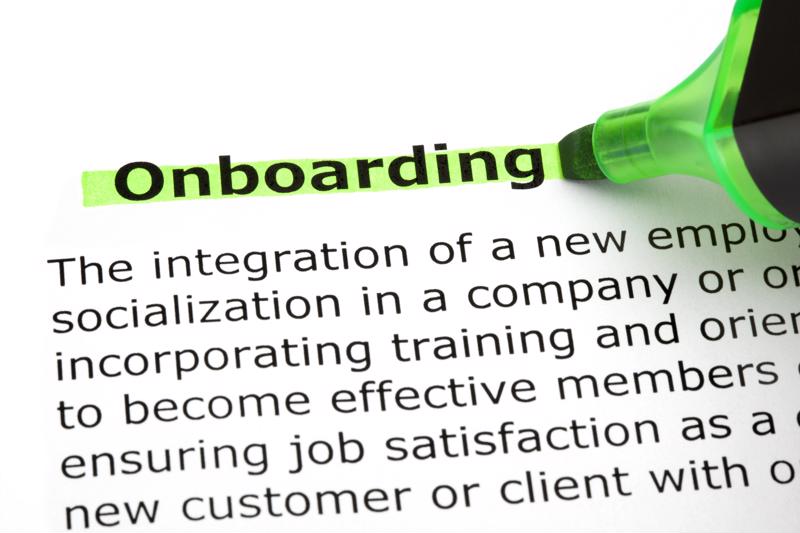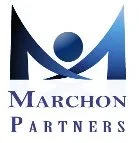
Make the most of your onboarding process
The time that you spend onboarding a new employee is crucial to that worker's future in so many different ways. How this process turns out may ultimately be the deciding factor in whether the employee stays with your business or not: As documented in research by employee experience solutions provider O.C. Tanner, most people choose to stay at their current job for the foreseeable future or leave it to pursue something else within their first three months on staff.
To ensure that the candidates you bring on board develop well and, over time, turn into exemplary, long-tenured members of your team, it will be essential for your HR department (and other relevant stakeholders) to make the most of the onboarding process. Here, we'll review some of the best ways you can do exactly that:
Adopting the multi-phase approach
A TEKSystems noted that onboarding is most effective when divided into a number of distinct phases. The tech services firm recommended three – "pre-boarding," orientation and onboarding – but specifics will, of course, vary by organization. The important thing is that there is a distinct portion of the onboarding process that begins well in advance of a new hire's first day in the office, according to HR Dive.
Some of this is nuts-and-bolts: supplying information about the city and neighborhood where the office is located, offering assistance with relocation, giving them an impression of the company's current priority initiatives and so on. Other things can be more personal. Perhaps you can collect some fun facts to share with the new hire's co-workers so the team can greet their latest member with an existing impression of personality. Or perhaps you'll want to arrange some training materials to look at before their first day that have been "gamified" as puzzles or quizzes.
After all that, there's initial orientation, which includes everything from completing various compliance-mandated paperwork and introductions to key staff to getting employees trained on systems and practices with which they may be unfamiliar. This portion of the onboarding saga should take just a week or two. Then comes the real heart of onboarding – the gradual process of integrating a new hire seamlessly into the organization as both an effective producer and a unique contributor to company culture – which can take as long as 12 or even 18 months. Even for those who will occupy entry- or associate-level roles to start, the final, extended onboarding phase should encompass a minimum of three months and ideally six or more.
Bringing new staff into the culture
The phrase "company culture" has been thrown around so many times that it can be tempting to think of it as just another buzzword. For businesses that don't fully commit to culture creation, it essentially is little more than a buzzword. But when looking at the most successful organizations, it's obvious just how much effort they put into the development of a uniquely identifiable culture. There's no reason why your business shouldn't follow those examples – and as far as onboarding is concerned, it should be viewed as an opportunity for culture introduction.
According to HR Cloud, culture should be a key part of onboarding as soon as an applicant accepts a job offer, expressed in every communication between your organization and the soon-to-be staffer. HR's recruitment staff must maintain this contact, of course, bringing on other people who the new hire will be working with – their direct supervisor, a senior member of the team, people from closely connected departments and so on. If you're a small enough business, it couldn't hurt to bring the company's CEO or president into the mix. Throughout all this conversation, everyone involved should express the company's values, spirit and mission and give an indication of what day-to-day working life is like.
As the new hire goes through their first few weeks and months at the organization, culture should stay emphasized: This pertains to how the company's actual work is handled – e.g., cooperative methods of project management and completion in which no one feels unfairly isolated – as well as socializing and outings that prevent people from being too bogged down in assignments.
Continuous learning and development
New employees should be learning not only about their immediate responsibilities during onboarding, but also about other aspects of the company. For example, the marketing team can offer Google Analytics training to new members of more production-focused departments, or vice versa. Initiatives like this let workers know they're not limited to the discipline they started in. Additionally, the final months of onboarding can focus on the possibility for career development, so that less tenured but promising employees understand that they have viable paths to promotions.
